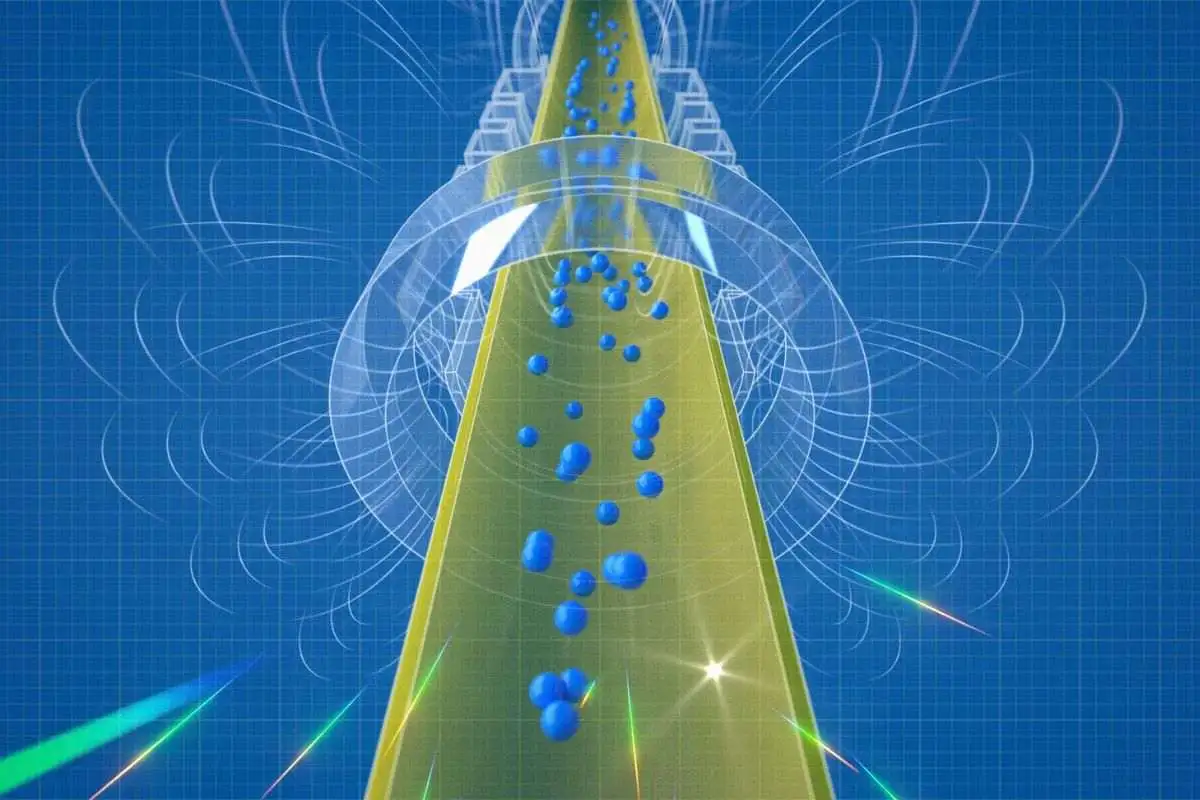
Antimatter Seen falling down
The mysterious twins of the visible matter that surrounds us, antimatter particles, have been seen for the first time by scientists to experience gravity as they descend downward, according to a report released on Wednesday by the European physics laboratory CERN. Even though most physicists foresaw the outcome and it had been predicted by 1915 theory of relativity of Einstein, the antimatter experiment was hailed as a “huge milestone” nonetheless. It firmly disproves the hypothesis that gravity repels antimatter upward, which would have fundamentally altered our understanding of the cosmos.
The Bing Bang theory
The Big Bang is thought to have produced an equal amount of matter, which is what everything you can see is made of, and antimatter, which is the same as matter but the opposite of it, around 13.8 billion years ago.
But the absence of antimatter in the universe has led to one of physics’ greatest puzzles: what happened to all the antimatter? “Half the universe is missing,” declared Jeffrey Hangst, a member of the Geneva-based ALPHA collaboration at CERN, which carried out the latest experiment.
“In principle, we could build a universe — everything that we know about — with only antimatter, and it would work in exactly the same way,” he told media. After the Big Bang, matter and antimatter are thought to have actually collided and nearly annihilated one another.
Also Read: Following A Nazi Veteran’s Honor In Canadian Parliament, Justin Trudeau Issues An Apology
Antimatter theory of Einstein
Although antimatter vanished, matter now makes up almost 5% of the cosmos; the remaining 99% is made up of dark matter and dark energy, which are even less understood. Whether gravity affected antimatter’s fall in the same manner that it affected normal matter was one of the most important unanswered concerns about it. While the majority of physicists agreed that it did, several had made alternative predictions.
Isaac Newton’s famous work on gravity was inspired by a falling apple; but, if the apple had been constructed of antimatter, would it have soared into the sky? And if gravity really did repel antimatter, it might have made hitherto unthinkable things like a perpetual motion machine feasible. “So why not drop some and see what happens?” Hangst said.
He linked the test to Galileo’s famous, albeit probably fictitious, demonstration from the 16th century that two balls of various masses dropped from the Leaning Tower of Pisa would fall at the same rate.
However, this experiment was “a little bit more involved” than Galileo’s because it was the outcome of 30 years of antimatter research at CERN, according to Hangst. One issue was that, outside of rare, transient particles in space, antimatter hardly ever occurs.
But in 1996, researchers at CERN created the first antimatter atoms, antihydrogen. Another difficulty is that when matter and antimatter collide, they annihilate each other in a powerful burst of energy known as annihilation because they have the opposite electrical charges.
To read more such news, download Bharat Express news apps


















